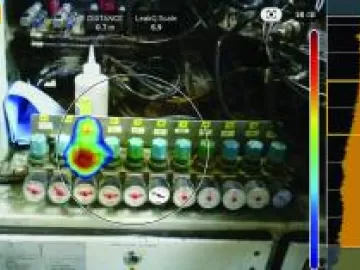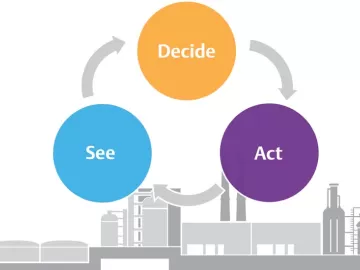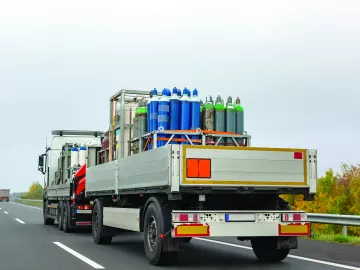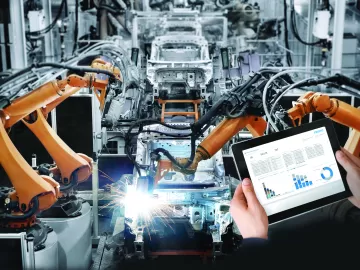How Your Air Receiver Tank Improves System Efficiency - Part 1
An air receiver tank (sometimes called an air compressor tank or compressed air storage tank) is a type of pressure vessel that receives air from the air compressor and holds it under pressure for future use. The tanks come in a range of sizes and in both vertical and horizontal configurations. An air receiver tank provides temporary storage for compressed air. It also helps your compressed air system run more efficiently.











